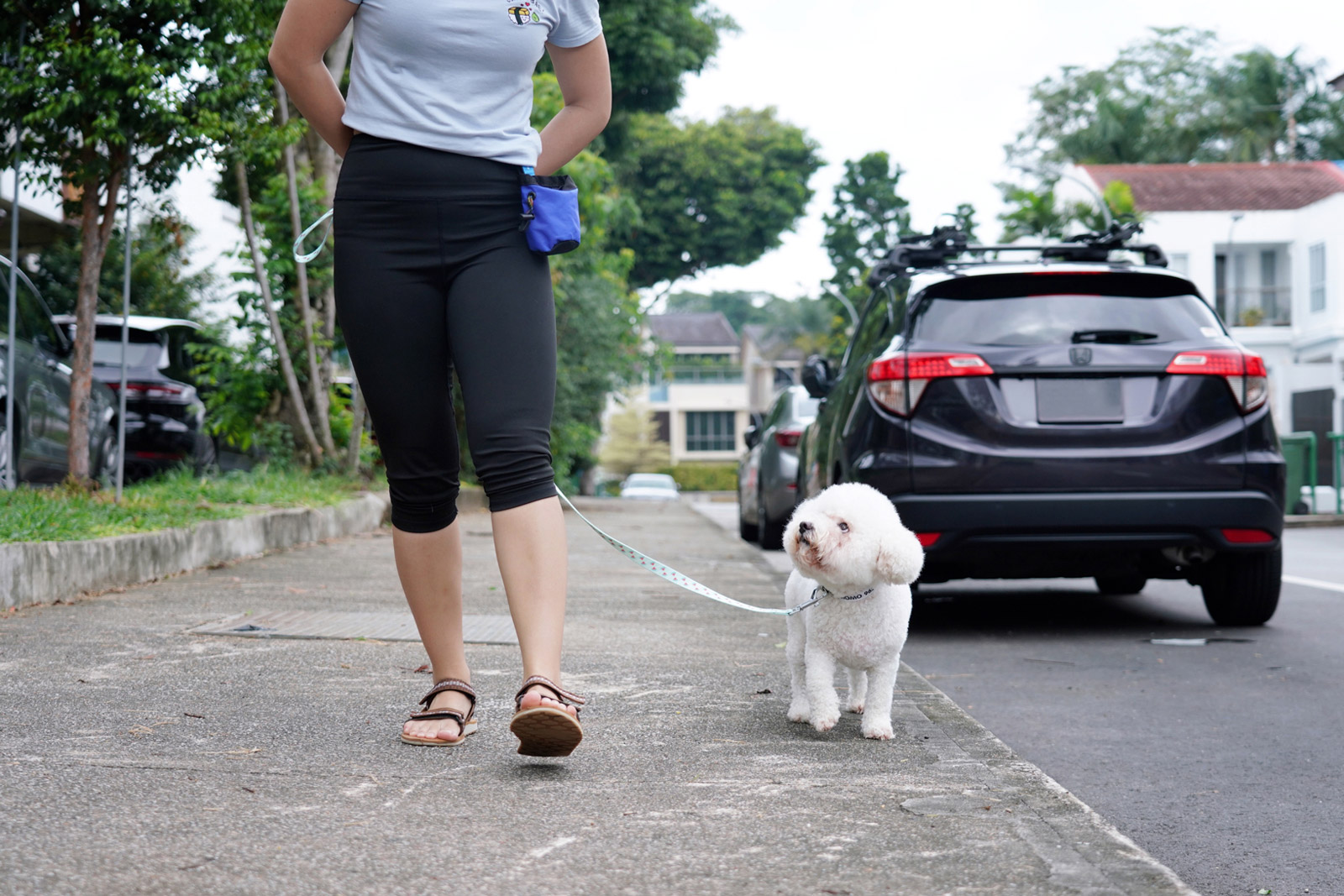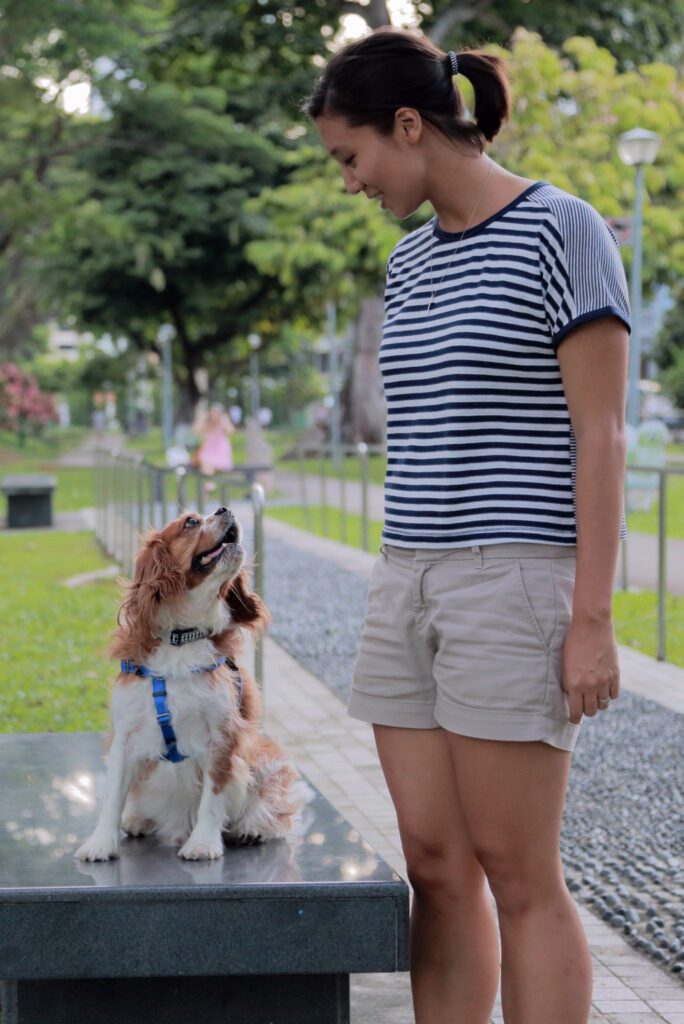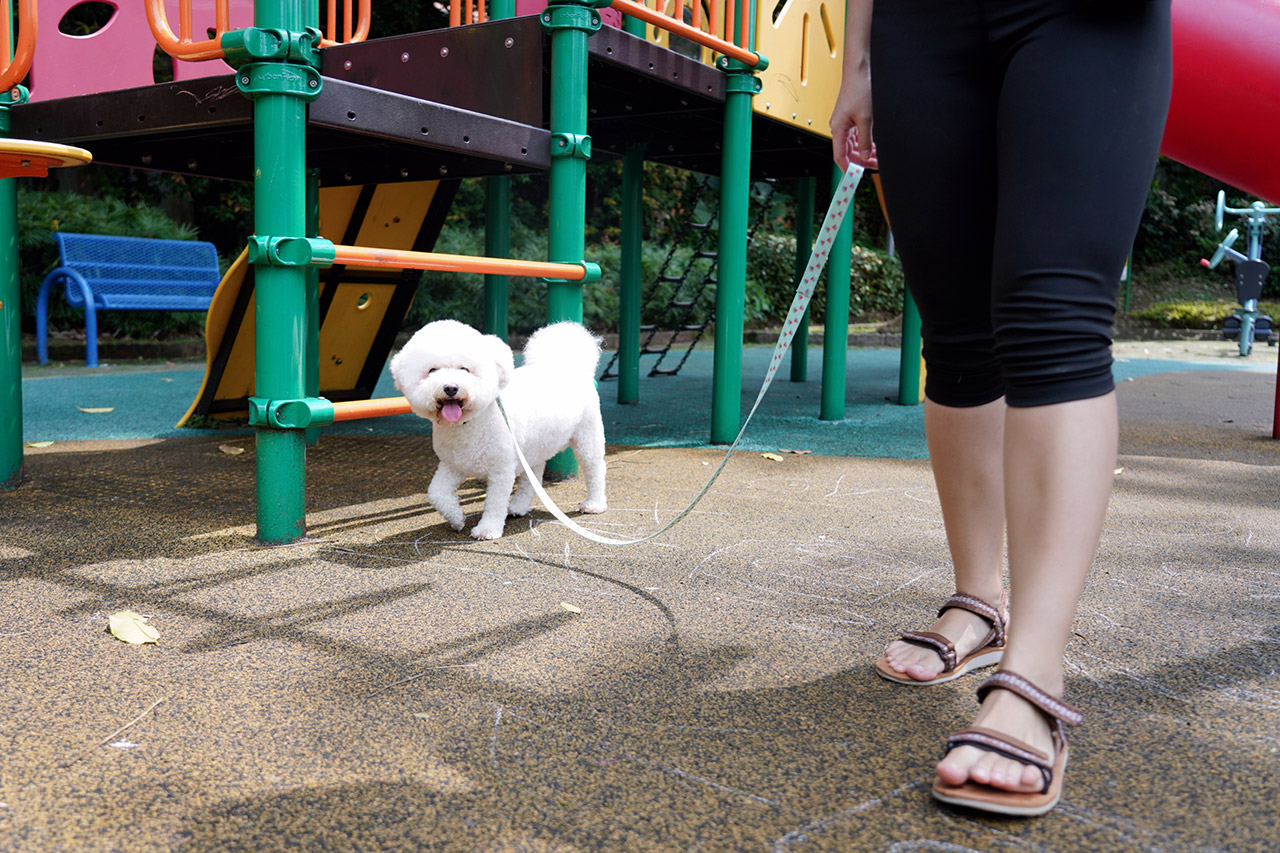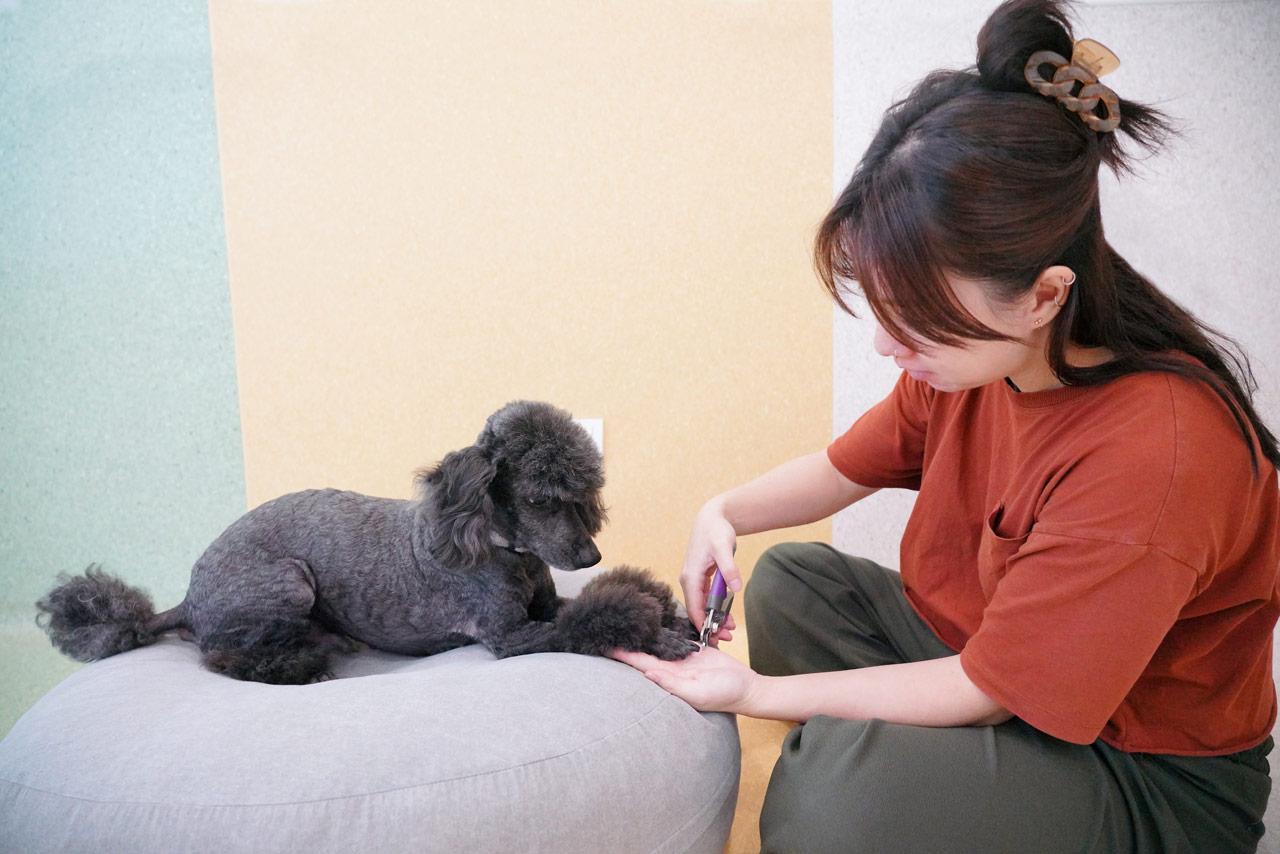On-leash Reactivity

Keeping your dog calm during walks
What is On-leash Reactivity?
‘Reactivity’ is a term that can be used to describe a dog who’s overstimulated and overreacting to a variety of different situations and stimuli, such as other dogs, people, children, and even passing vehicles. ‘On-leash Reactivity’, then, refers to dogs who are overly aroused by the sounds, smells and sights of other dogs or people while they’re on a leash.
Dogs on a leash generally have more limited interaction choices [1], so those who are unfamiliar with leashes tend to be more fearful or stressed.
The way each dog displays On-leash Reactivity varies, but in most instances, it includes lunging, barking and growling. These reactions occur as the dog gets closer to other dogs, people or their specific trigger than what they’re comfortable with.
Reactivity is usually rooted in fear or discomfort, so On-leash Reactivity may appear as “aggressive” or “trying to fight”, when the dog is trying to create space for themselves through displaying behaviours that will make the threat go away. Oftentimes, it can look scary because of the intensity, and therefore misunderstood as “aggression”.
NOTE: There could be other underlying behaviours that can be indicative of other issues, so it is important to check in with your vet to rule out any health issues first, then review your dog’s history with a vet or behaviourist before attributing on-leash reactivity as the primary or sole cause of the behaviour.
On-leash Reactivity can be prevented through proper socialisation and training as a puppy, where they get to meet other dogs as a puppy and pick up skills for managing their emotions. However, there are other environmental factors that can still trigger On-leash Reactivity, such as negative past experiences or genetics.
Since the contexts and triggers of On-leash Reactivity differ for each case, our lead trainer will work closely together with you to understand the issue before designing an appropriate treatment plan for your dog.
[1] Bradshaw, J., & Rooney, N. (2017). In The Domestic Dog: its Evolution, Behaviour and Interactions with People. (2nd ed.). Ed J. Serpell. Cambridge, Cambridge University Press. pp. 134–153
About our lead trainer

Having completed Michael Shikashio’s master course in dog aggression, Kristina is able to interpret a wider array of specific dog body language in a variety of cases. She also employs the use of science-backed methods and research in the field of canine behaviour and learning to identify the cause of your dog’s problem behaviour. After ruling out any possible medical conditions, a suitable treatment plan will be developed for your dog.
Read more about Kristina and her training methods by clicking the button below!
Think your pup needs this?
We are only taking behaviour modification cases from referrals by veterinary professionals at the moment.
If you have a referral from a vet, please reach out to us through our Contact Us page!




